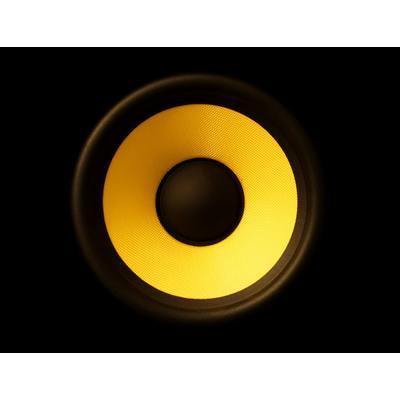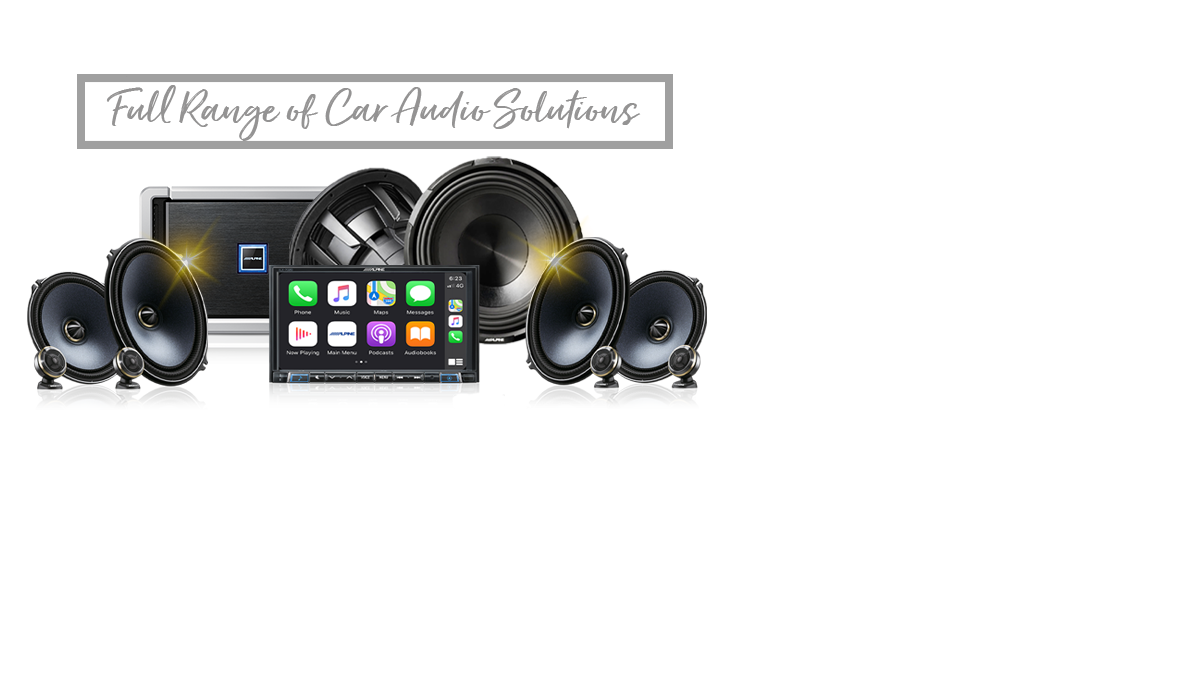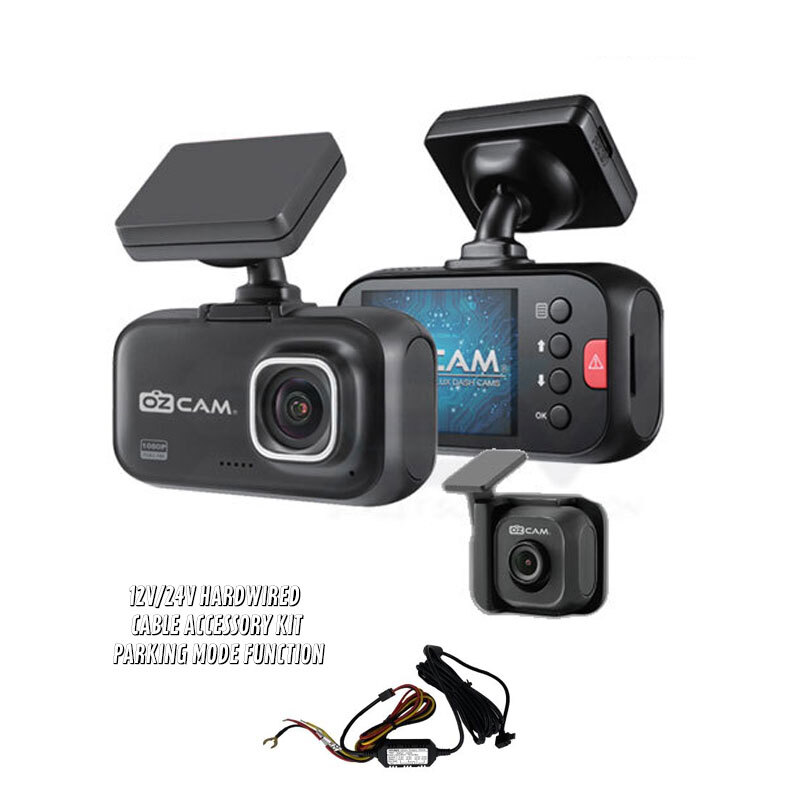How To Research Your Perfect Car Audio System
Date Posted:26 September 2017

So you’ve got your car, and the thing it needs to set it apart is a killer sound system. You’ve done the research, and you’ve heard the brand names: but the specs on audio components can be very confusing. What’s the difference between hertz, decibels, frequency, and all the other numbers on the specification sheet?
Here’s a quick breakdown to help you make some sense out of the numbers.
Frequency Response
The frequency response indicates the amount of audio spectrum (from bass to treble) that is reproduced into soundwaves. This is measured in Hz (hertz). A wider range indicates better quality, with larger ranges generating higher highs and lower lows. A CD player, for example, usually has a frequency response output range of 20 Hz to around 20 kHz (that’s kilohertz, so 20,000 Hz).
However, the frequency response of your media player (whether a CD player, a Bluetooth player, or FM radio head unit) doesn’t matter if your speakers can’t handle the same or greater response. Ultimately, your sound quality will be capped at the lowest common denominator: so if you’re trying to get the best sound, you’ll need to make sure everything is upgraded. Wiring, amplifier, speakers, everything!
Signal-to-noise Ratio
The signal-to-noise ratio of the audio system is also an important factor in maintaining pristine audio quality. This ratio compares the strength of the audio signal against the background noise in the equipment, and this ratio is measured in dB (decibels). The higher the ratio, the better quality the audio system will produce.
Although choice and budget affects the choice of an individual when deciding what is best for the car audio system – whether it would be a cassette player or CD player, it is best to understand how both frequency response and signal-to-noise ratio work to make an informed decision.
Equipment such as CD players, FM radios, Bluetooth head units, and cassette players have individual signal-noise ratios and frequency response values. An old-fashioned cassette player for example, has a poor signal-noise ratio of 50-70 dB. Step forward a few years, and a CD player typically has a ratio of 90-100 dB. Thus, with a much higher signal-noise ratio and frequency response value, a CD player provides better sound quality than a cassette player. And, of course, newer digital multimedia players have even better quality. Check out some of the latest models on our car audio products page.
Making Sense of Ohms
It can quickly get confusing, but you’ll want to also pay attention to the impedance of your speakers and amplifiers. Ohms are measures of resistance. So, for example, say you have four speakers which are rated at 8 ohms of resistance. The optimum level of performance will be obtained if the ohm rating for your speakers is exactly correct for your ampli
fier. So if you’re wiring four 8 ohm speakers in parallel, simply divide the ohm rating of the speakers by the number of speakers. That means you’ll need an amplifier rated at 2 ohms. And a general rule of thumb is that the amplifier should be able to deliver twice the amount of watts as the speaker is rated at.
Of course, feel free to reach out to us when you’re looking to assemble your system, and we’ll be glad to help you out!
Finding Different Components For Your Audio System
In order to build your ideal system, you’ll have to put together a selection of different components. You’ll need a receiver (usually a CD player which also has Bluetooth functionality), an amplifier, wiring, and speakers.
For the receiver, you might look at something like the Alpine CDE-196DAB CD Receiver, one of our best-selling items which combines the famous Alpine reputation with cutting edge features like Bluetooth, smartphone integration, aux input for plugging in your friend’s phones, and plenty of outputs for directing to an amplifier.
The amplifier itself could be one of our most popular amps, like the Alpine MRV-V500 5 channel digital amp. This provides four channels for your speakers, along with one for a dedicated subwoofer.
The size of speakers depends upon your particular vehicle, but you could pick between standard 6”x9” speakers like the Alpine R-S69, or the Focal EC 6.5″ 2-way kit. Subwoofer options vary as well: you’ll need an enclosure for the maximum sound quality, as well as a 10” or 12” subwoofer (or, if you really want thumping bass, a double enclosure with two subs!)
Of course, if you don’t want to individually assemble each part of your system, you can also check out our entire system packages which are tailored specifically for a certain vehicle, whether it’s a Mini Cooper, a Ford Mustang, a Holden, Landcruiser, Hyundai, or many more.
For a car lover, the research and design of the perfect sound system for their car can be a way of life. That’s why we recommend thoroughly researching every component for your car, making sure it’s the perfect fit for your vehicle.






 SSV Street Sound & Vision
SSV Street Sound & Vision
 Phone:
Phone:  Mail:
Mail:




